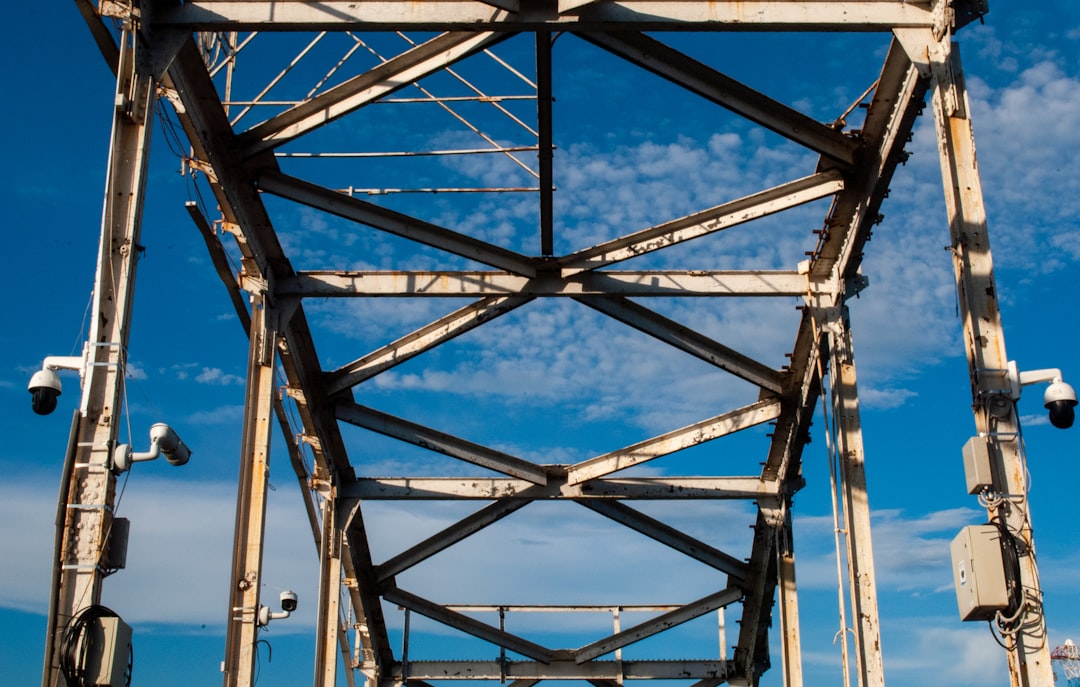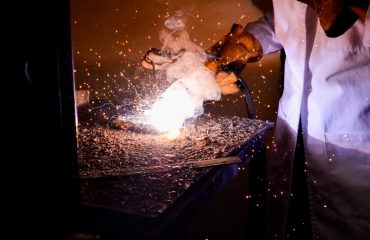Structural steel. The very words conjure images of towering skyscrapers and robust bridges, symbols of human ingenuity and engineering prowess. But beyond the impressive visuals lies a material with a multitude of advantages, making it the preferred choice for countless construction projects worldwide. This post delves deep into the compelling benefits of structural steel, exploring why it remains a cornerstone of modern construction.
Unmatched Strength and Durability: The Foundation of Steel’s Success
Perhaps the most obvious benefit of structural steel is its exceptional strength-to-weight ratio. This means that steel can support significant loads while remaining relatively lightweight compared to other materials like concrete or timber. This characteristic is crucial in high-rise buildings, long-span bridges, and other structures requiring substantial load-bearing capacity. Furthermore, steel’s inherent durability ensures longevity. Properly designed and maintained steel structures can withstand harsh weather conditions, seismic activity, and the test of time, minimizing the need for frequent repairs and replacements. The resistance to fire, though dependent on protective coatings, is another significant factor contributing to its durability and overall safety.
Flexibility and Design Versatility: Shaping the Future of Construction
Steel’s malleability allows for a wide range of design possibilities. It can be easily shaped, bent, and welded into complex geometries, enabling architects and engineers to create innovative and aesthetically pleasing structures. Unlike concrete, which is poured into forms, steel’s flexibility allows for intricate designs that would be impossible or extremely costly to achieve with other materials. This versatility extends to prefabrication, where steel components can be manufactured off-site and assembled quickly on-site, significantly reducing construction time and costs. This prefabrication also minimizes on-site disruption and waste.
Cost-Effectiveness and Time Savings: A Smart Investment in Construction
While the initial cost of steel might seem higher than some other materials, its long-term cost-effectiveness is undeniable. The speed of construction, thanks to prefabrication and the ease of assembly, translates to significant time savings. Reduced labor costs and faster project completion contribute to overall cost efficiency. Moreover, the durability of steel minimizes the need for frequent maintenance and repairs, further reducing long-term expenses. The recyclability of steel is another crucial factor contributing to its cost-effectiveness, as it reduces the environmental impact and allows for material reuse.
Sustainability and Environmental Responsibility: Building a Greener Future
Contrary to popular misconceptions, structural steel is a remarkably sustainable material. Its high recyclability rate, often exceeding 90%, significantly reduces waste and minimizes the environmental footprint of construction projects. Steel production processes are continuously improving to reduce their carbon emissions, and the use of recycled steel further contributes to environmental responsibility. Furthermore, the durability of steel structures reduces the need for frequent replacements, minimizing the ongoing environmental impact associated with material extraction and manufacturing.
Safety and Reliability: Ensuring Structural Integrity and Peace of Mind
Steel’s inherent strength and predictable behavior make it a highly reliable material for construction. Rigorous testing and quality control measures ensure the structural integrity of steel components, minimizing the risk of failure. The material’s predictable response to loads allows engineers to accurately model and analyze the structural performance of buildings and other structures, ensuring safety and reliability. Furthermore, steel’s resistance to pests and rot eliminates concerns associated with other materials, providing a safe and durable structure for generations to come. The use of fire-resistant coatings further enhances the safety aspects of steel structures in the event of a fire.
In conclusion, the benefits of structural steel are undeniable. From its exceptional strength and durability to its cost-effectiveness, design versatility, and sustainability, steel remains a cornerstone of modern construction. Its contribution to safety and reliability makes it a material of choice for projects ranging from modest buildings to towering skyscrapers and intricate bridges. Choosing structural steel is choosing a smart, sustainable, and future-proof solution.
SEO Tags: Structural Steel, Steel Construction, Steel Buildings, Sustainable Construction, Construction Materials




